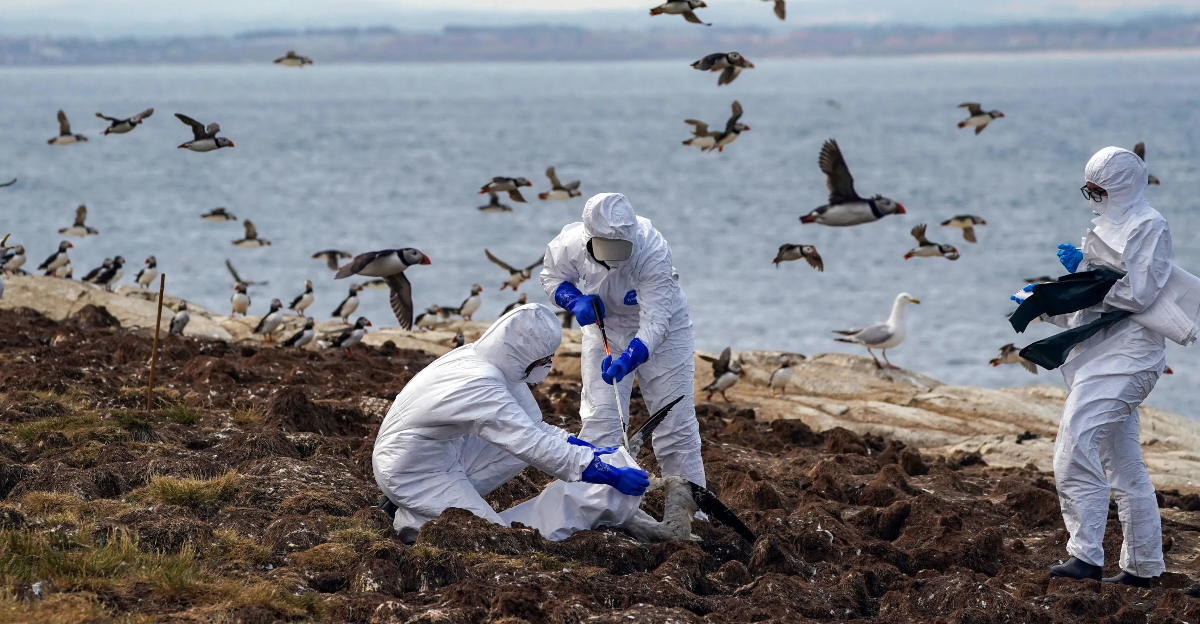
A long time ago, European settlers brought many animals to the Americas, some on purpose and others by accident. While a few of these animals were helpful, many became invasive.
They disrupted ecosystems and caused serious problems for the environment and the economy. These introductions still affect biodiversity today.
Pigs
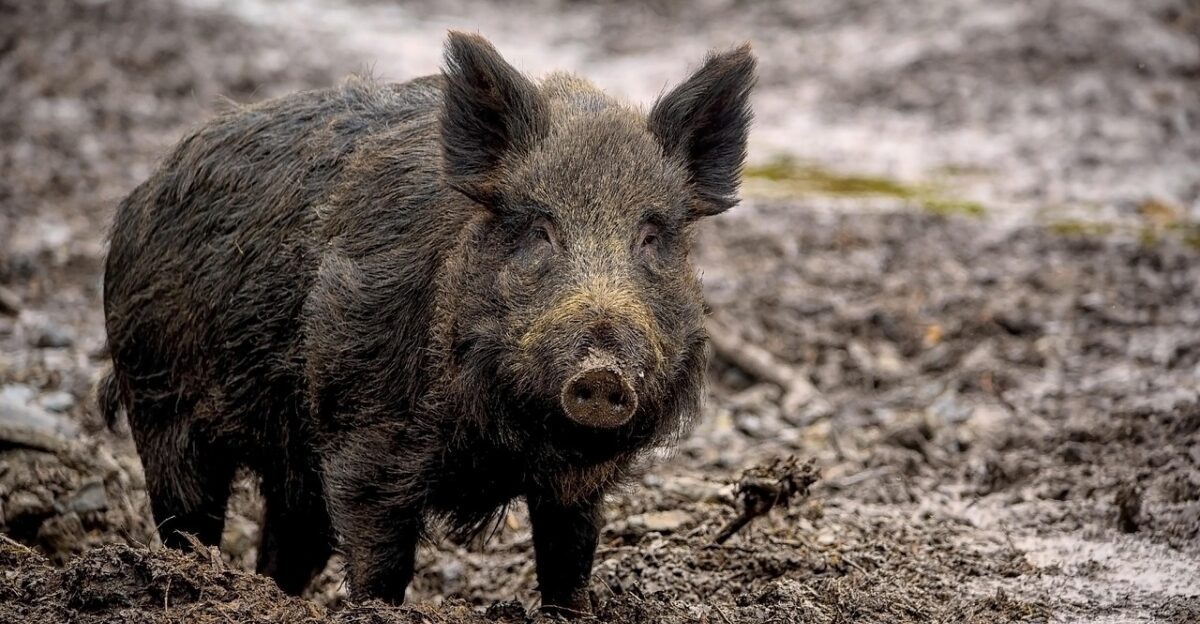
Spanish explorers brought pigs to North America in the 1500s. Many of these pigs escaped or were let go, leading to large groups of wild pigs.
These wild pigs have spread widely, causing harm to habitats, competing with native animals, and damaging farms at a high cost.
Horses
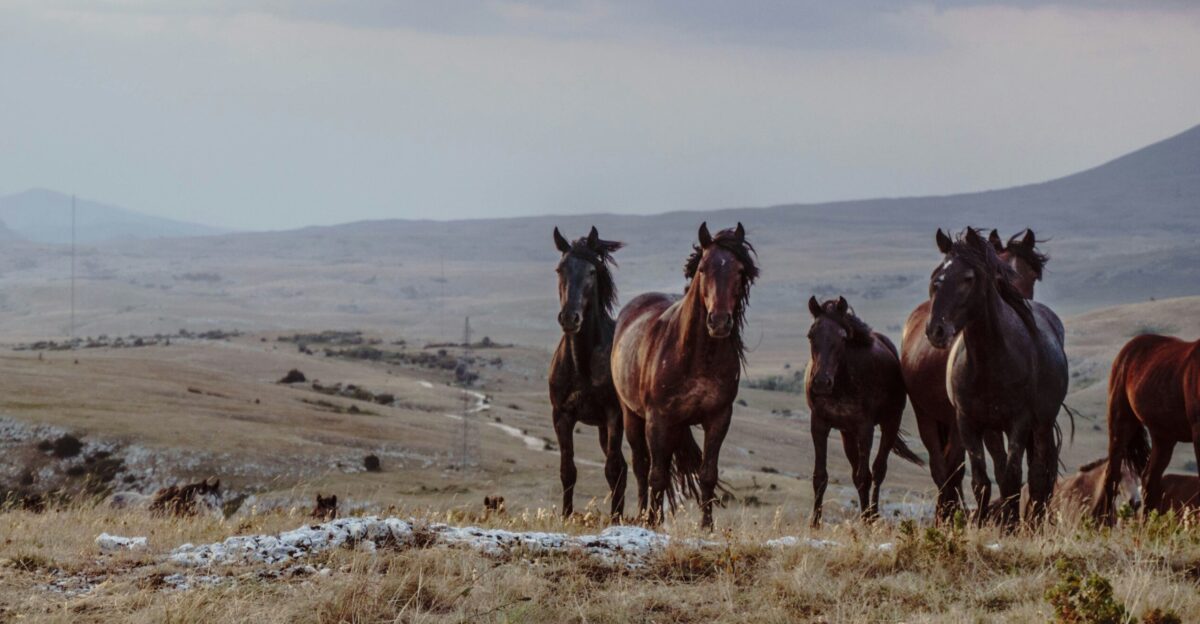
The Spanish reintroduced horses in the early 1500s to 1600s, changing the lives of many Native American tribes. Horses improved transportation and hunting for these tribes.
However, wild horse populations also cause problems by competing with native species and changing delicate habitats.
European Starlings
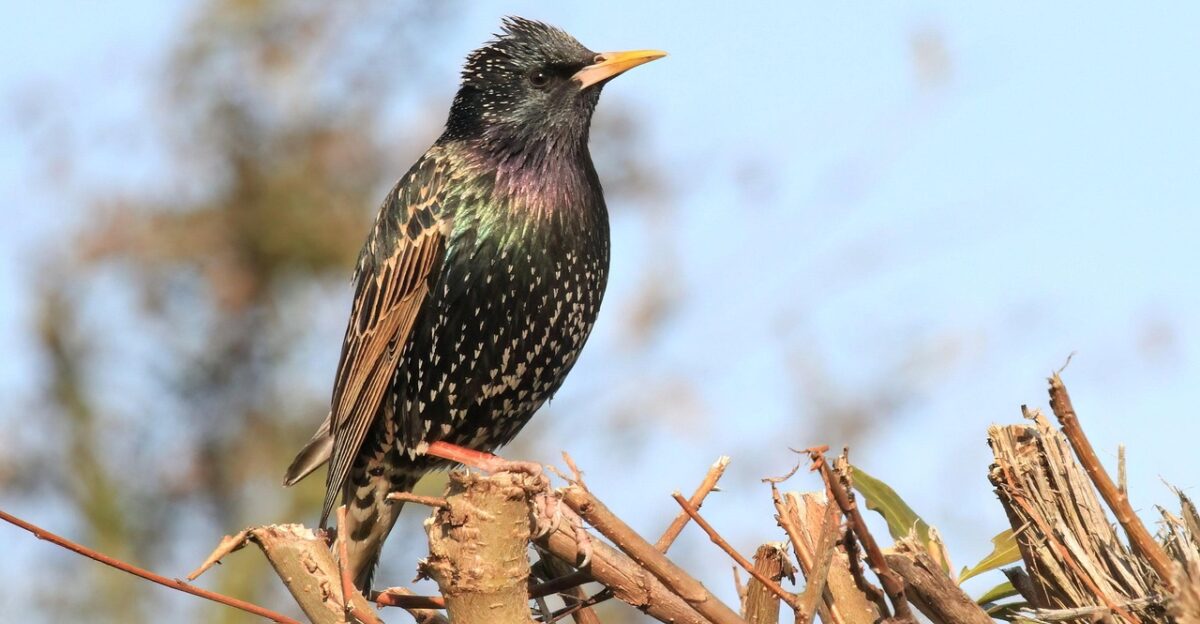
In 1890, people released a group of starlings in Central Park, New York. Today, these birds number in the hundreds of millions. Starlings form large flocks and can damage crops.
They also compete with native birds for nesting spots, making them one of the most invasive species in North America.
House Sparrows
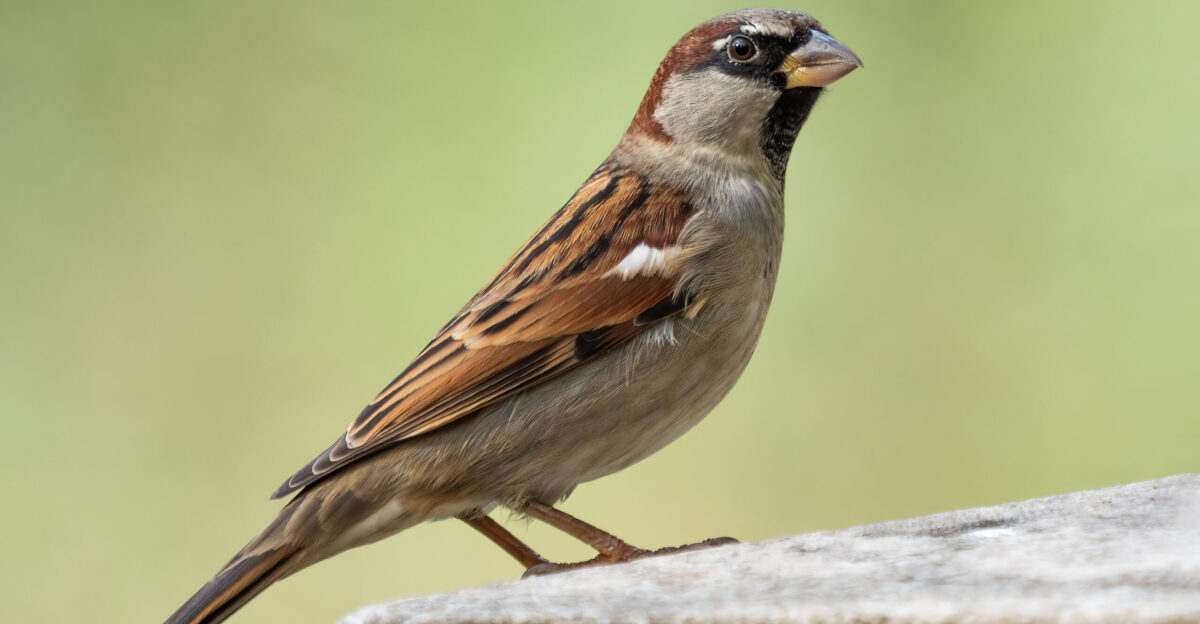
House sparrows came to the U.S. in the 1850s and are now found all over the country.
Their aggressive behavior often pushes native birds out of their nesting sites, which harms local bird species.
Norway Rats
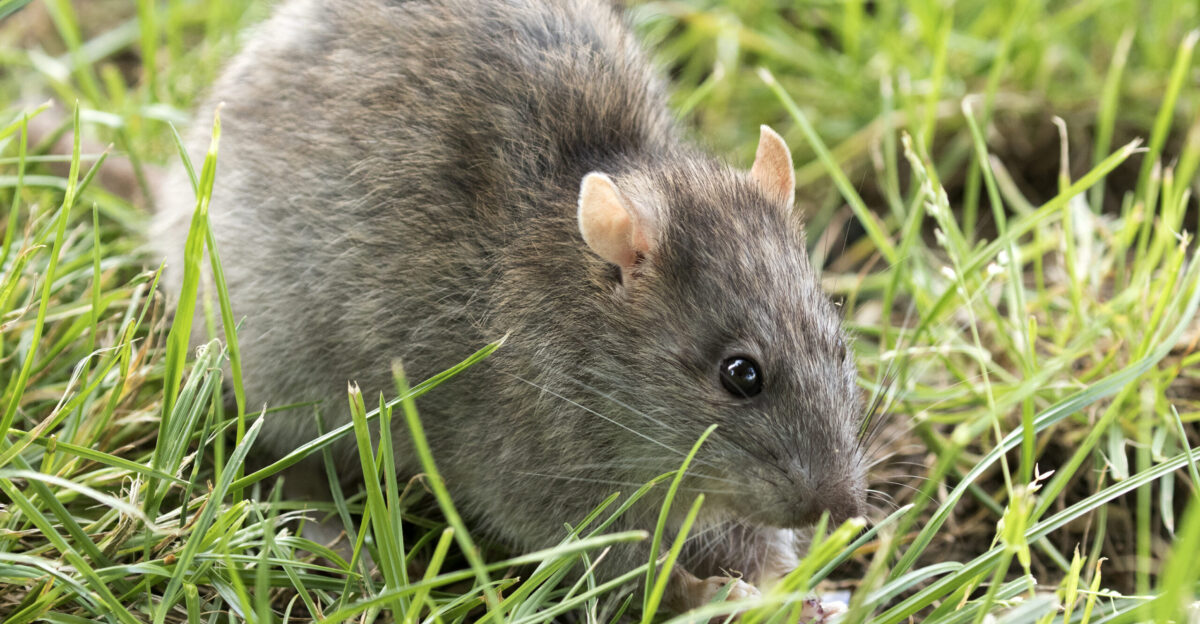
Between 1755 and 1775, Norway rats were introduced to America through European shipping vessels.
Today, these rodents are prevalent in urban areas and are widely recognized for their ability to spread diseases, cause damage to structures, and outcompete native wildlife species.
European Honeybees
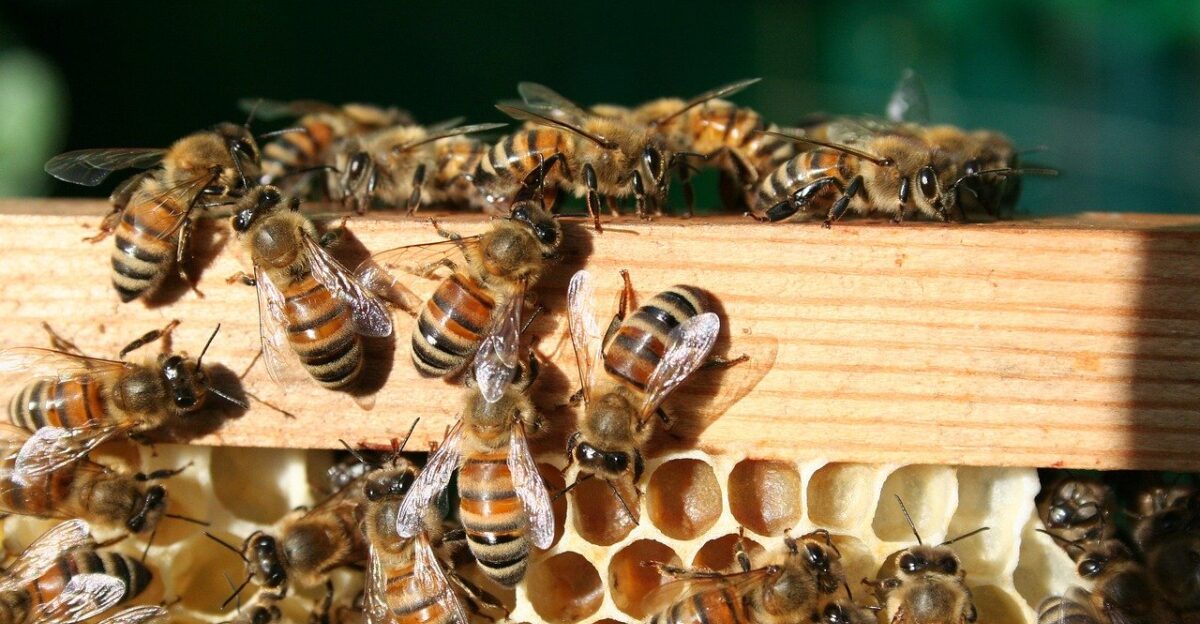
Colonists brought European honeybees to Jamestown in 1622, and these bees spread quickly. They are important for pollinating plants and producing honey.
However, they also compete with over 4,000 native bee species for nectar and pollen. This raises concerns about the long-term balance of the ecosystem.
European Earthworms
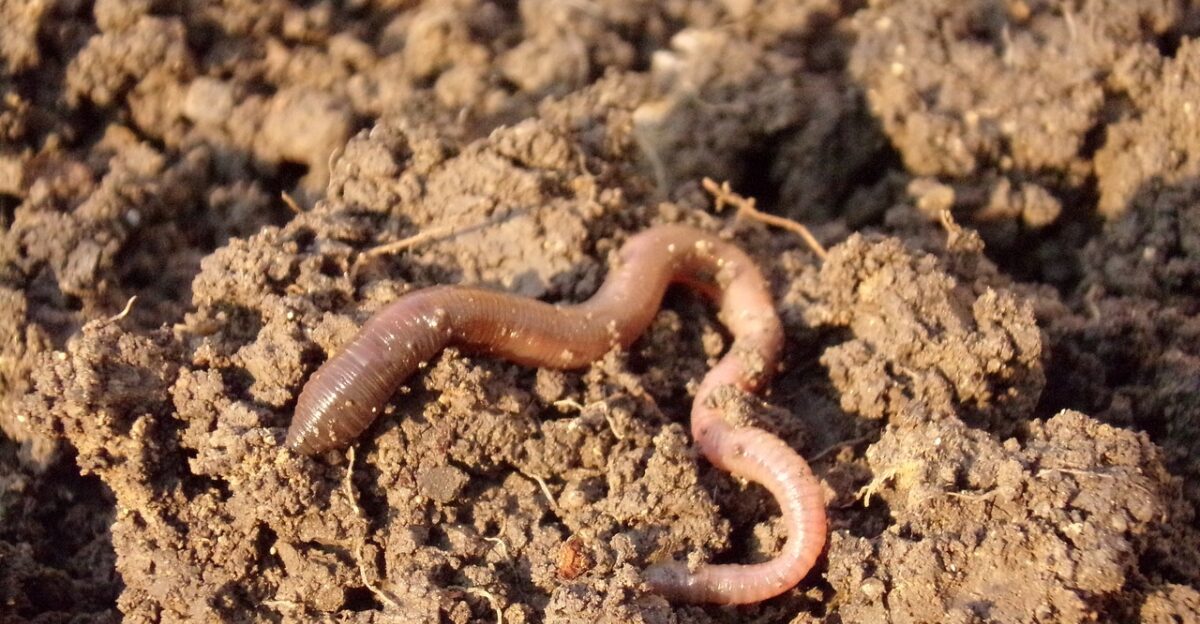
European earthworms began arriving in the 1600s through plant imports and ship ballast.
In northern forests—where native earthworms were wiped out by glaciers—these newcomers have drastically changed the soil, disrupting native plants and forest ecosystems.
Black Rats
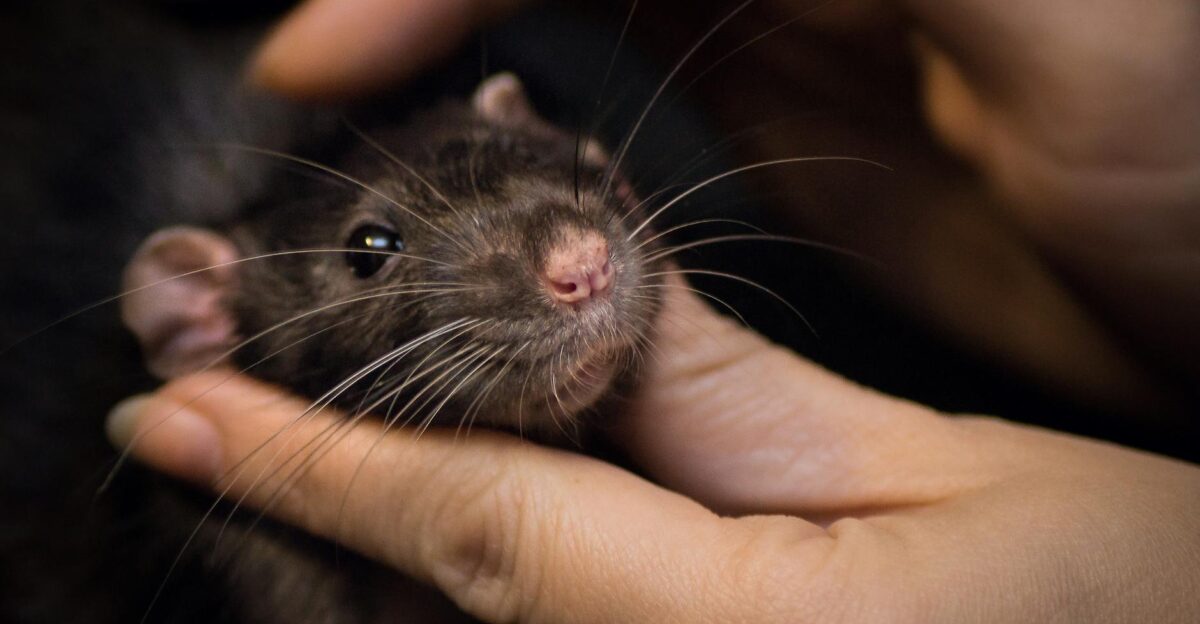
Black rats were the first rats to reach the Americas, likely hitching rides on ships with early European explorers as far back as Columbus’s 1492 voyage.
These early invaders brought disease, destroyed crops, and caused widespread damage in colonial settlements.
Rock Pigeons
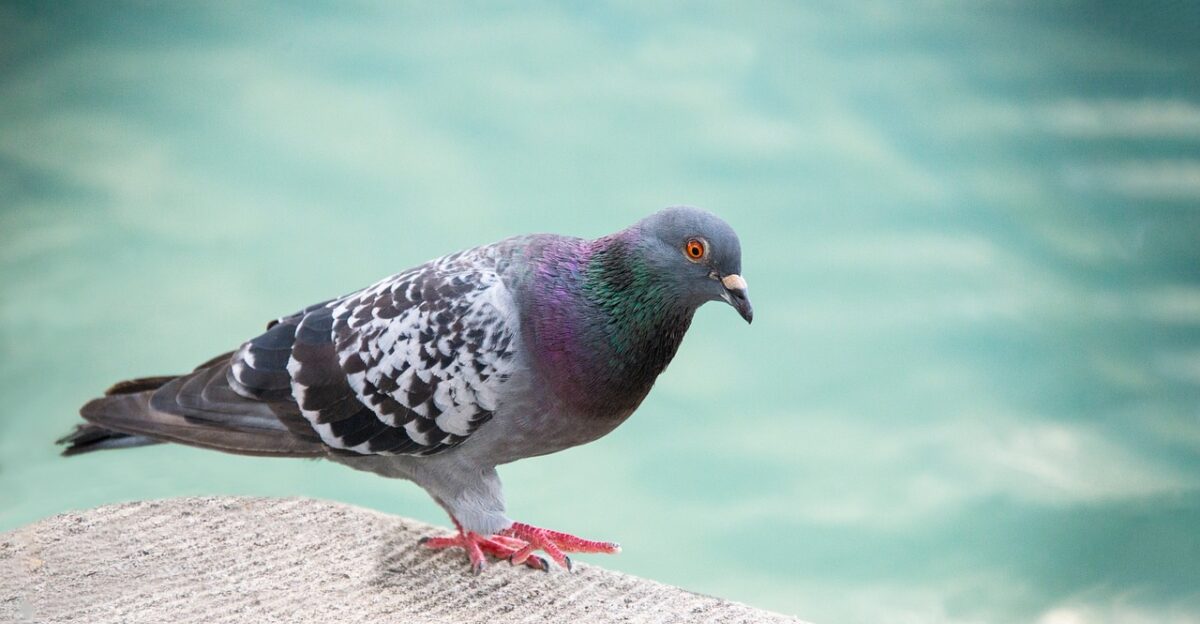
Originally brought over in the early 1600s by settlers at Jamestown and Plymouth as a food source, rock pigeons quickly adapted.
Feral populations now thrive in urban areas, where they compete for resources and contribute to sanitation issues.
Cattle
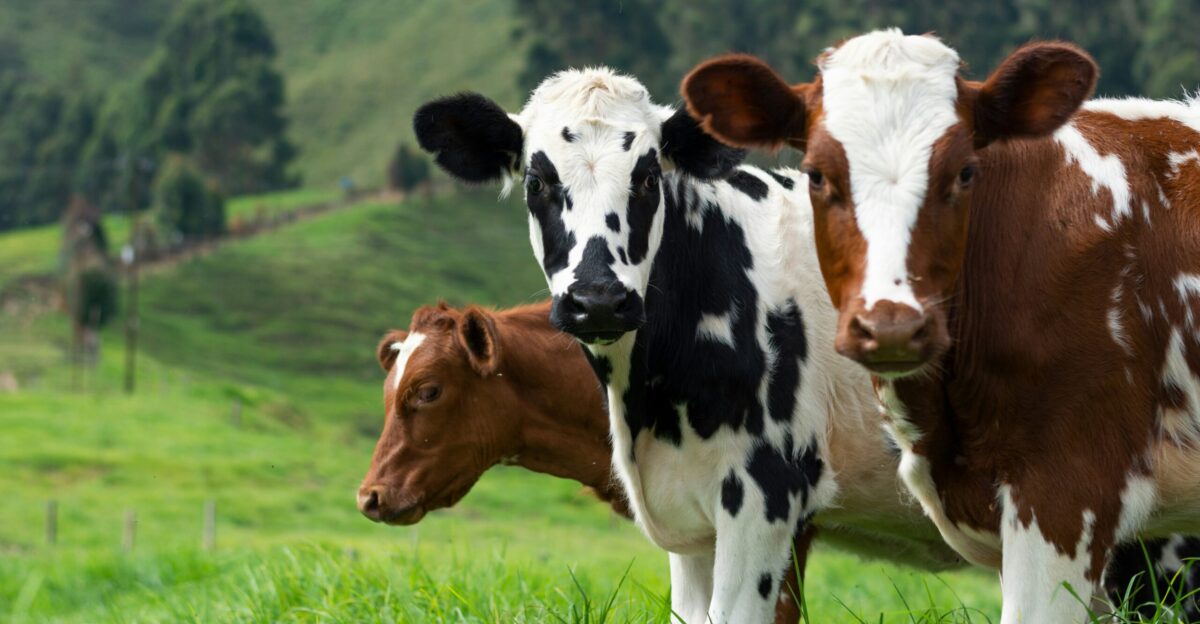
Christopher Columbus introduced the first cattle to the Caribbean during his voyage in 1493. Among these were robust Spanish breeds, particularly the Andalusian, which subsequently disseminated across the Americas.
This introduction significantly transformed landscapes and was foundational in establishing the modern ranching industry.
Sheep
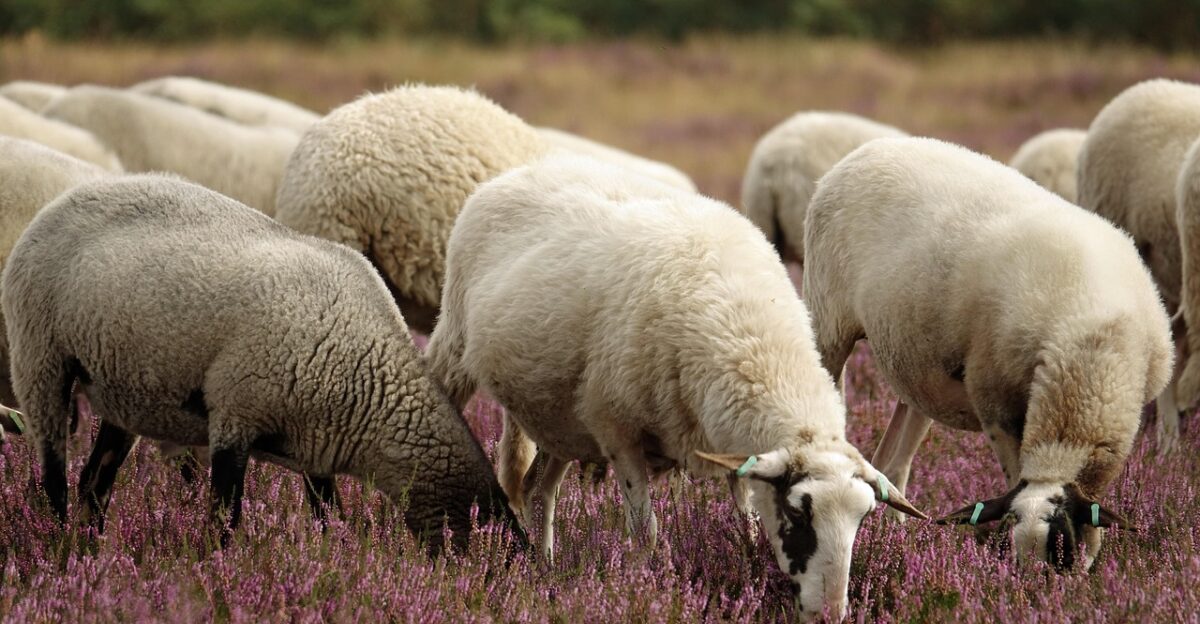
Sheep were also introduced by Columbus in 1493, with further introductions by Hernán Cortés in 1519.
The Churro breed, descended from Spanish stock, became essential to sheep ranching and was embraced by Native American communities such as the Navajo.
Ring-necked Pheasants
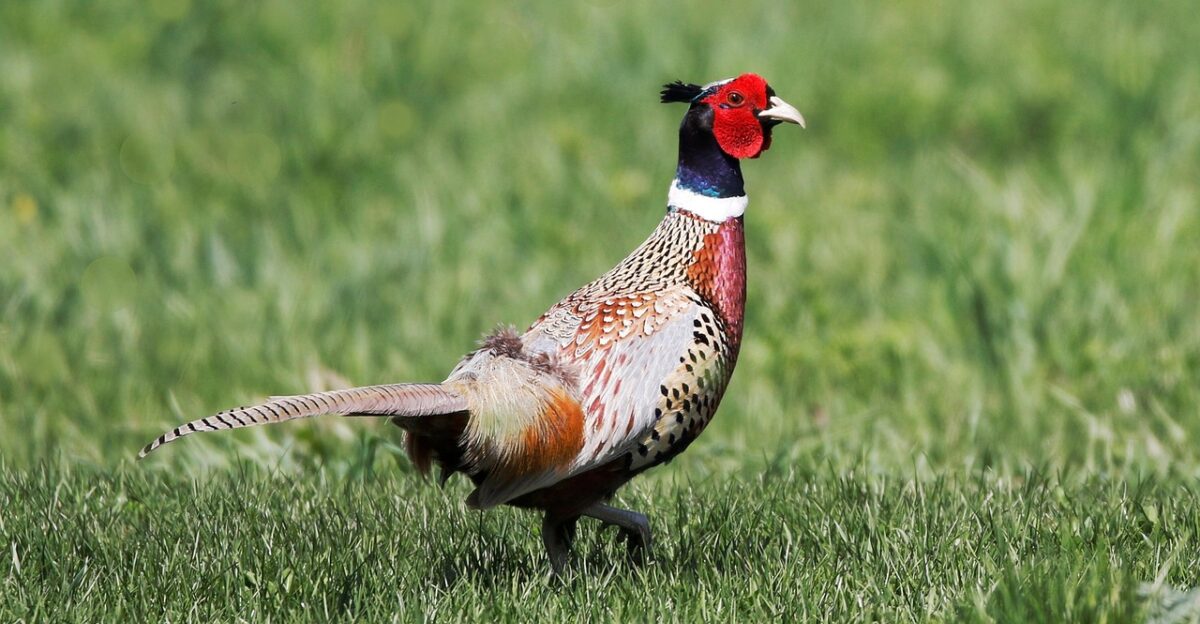
Attempts to introduce ring-necked pheasants began in the 1700s, but successful populations weren’t established until the late 1800s, thanks to imports from Asia via English game farms.
Today, they’re common in over 40 states, where they compete with native ground-nesting birds.
Broader Consequences
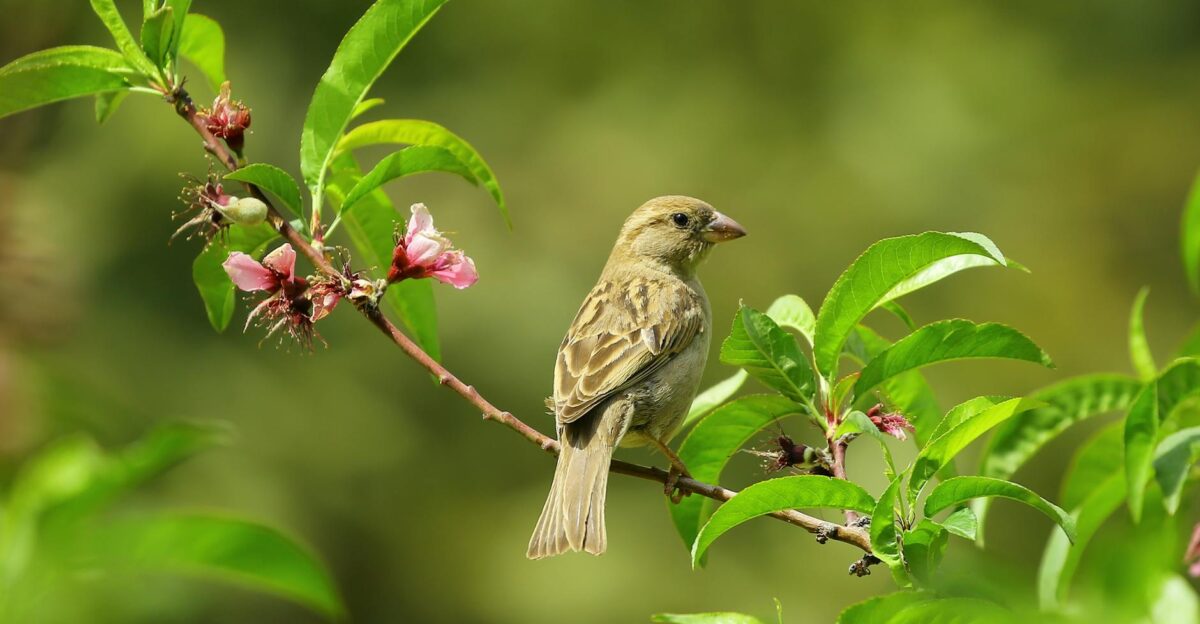
Invasive species introduced by Europeans cost the United States $21-26 billion annually, with agriculture suffering the most severe impacts.
Feral pigs cause $1.6-2.5 billion in yearly agricultural damage, while European starlings and house sparrows inflict over $150 million in crop losses. Black rats alone have caused $23.8 billion in cumulative damages. These costs continue escalating as invasive populations expand.
Green Crabs
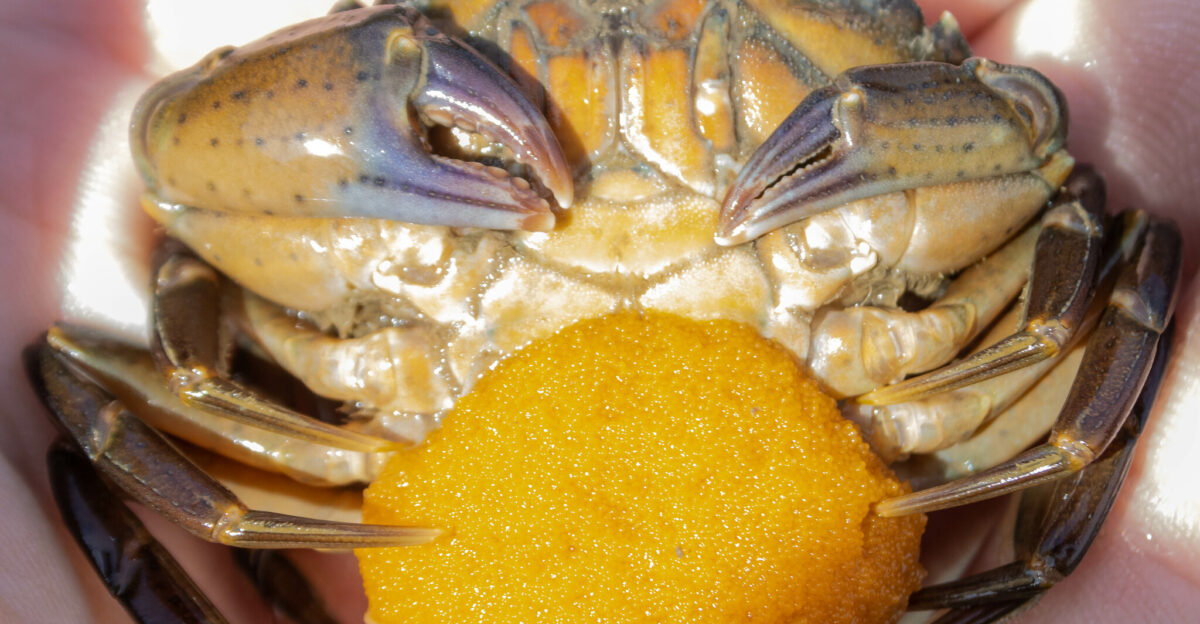
Green crabs were introduced to the United States in the early 1800s, likely through ballast water from ships coming from Europe. Today, these invasive crabs are present along both the eastern and western coasts of the U.S.
They pose a significant threat to native marine species by competing for resources, which can adversely affect shellfish industries and disrupt coastal ecosystems.
Mute Swans
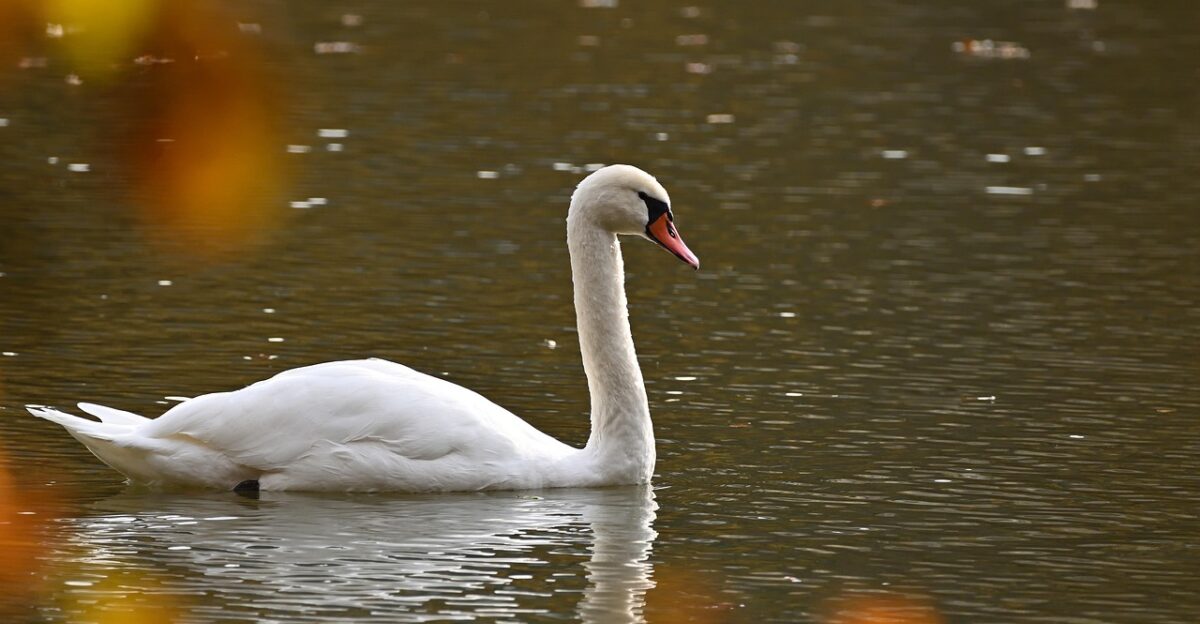
Brought over in the 1800s to decorate estates and parks, mute swans are now a serious environmental concern.
Their growing numbers destroy aquatic vegetation and displace native waterfowl, impacting fish and bird populations.
European Rabbits
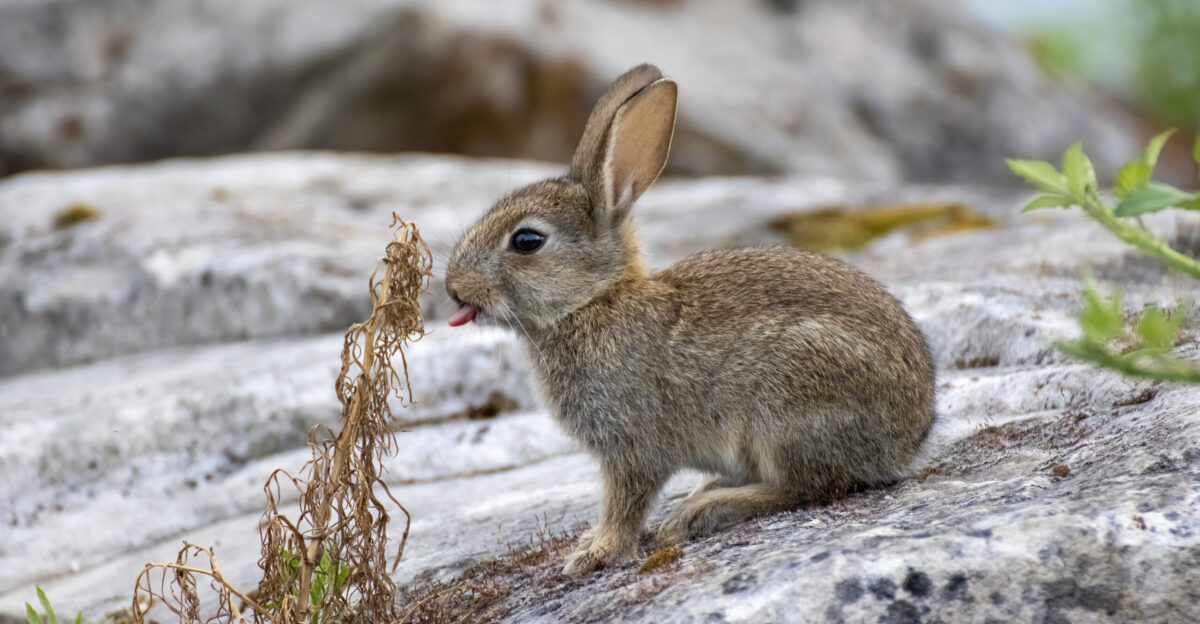
European rabbits were originally introduced to the U.S. for their fur and as a food source. Although they haven’t established a widespread presence across the country, they have become problematic in specific regions, particularly in California, Oregon, and Washington.
In these areas, they contribute to overgrazing, which depletes local vegetation, leads to soil erosion, and competes with native herbivore species for resources.
Donkeys and Mules
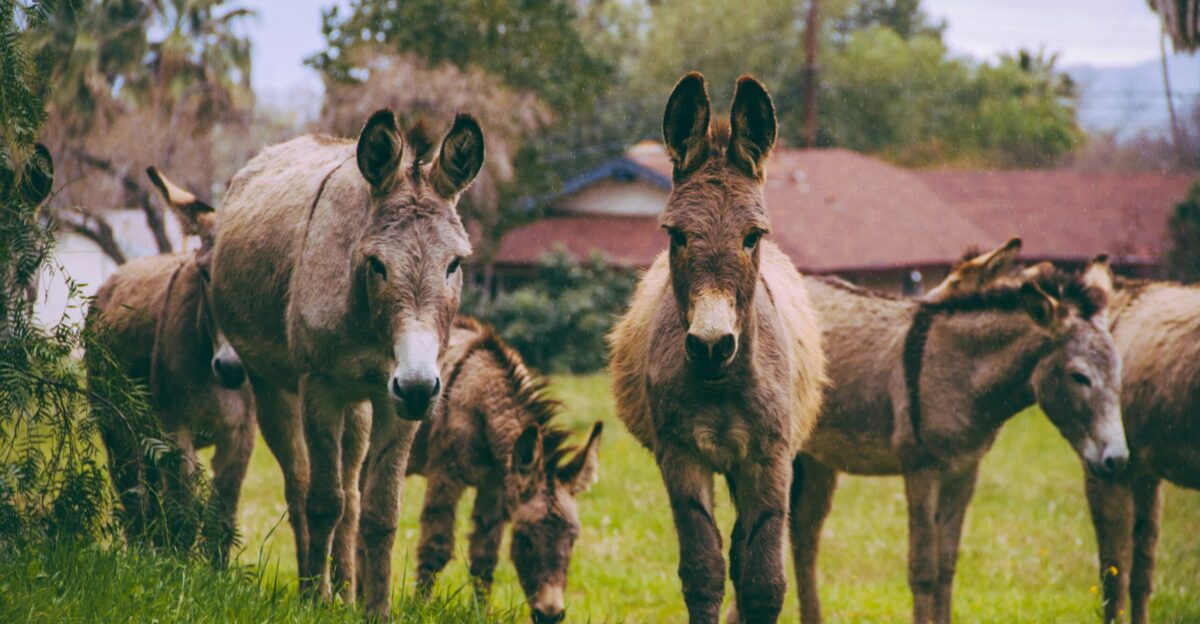
Christopher Columbus brought the first donkeys (burros) to the Americas on his second voyage in 1495, bringing four jacks and two jennies along with horses. These animals were instrumental in producing mules for the Spanish conquistadors in their exploration and conquest of the American mainland.
While economically valuable as pack animals and for mining operations, feral donkey populations have damaged fragile desert ecosystems by overgrazing vegetation and fouling water sources.
Goats
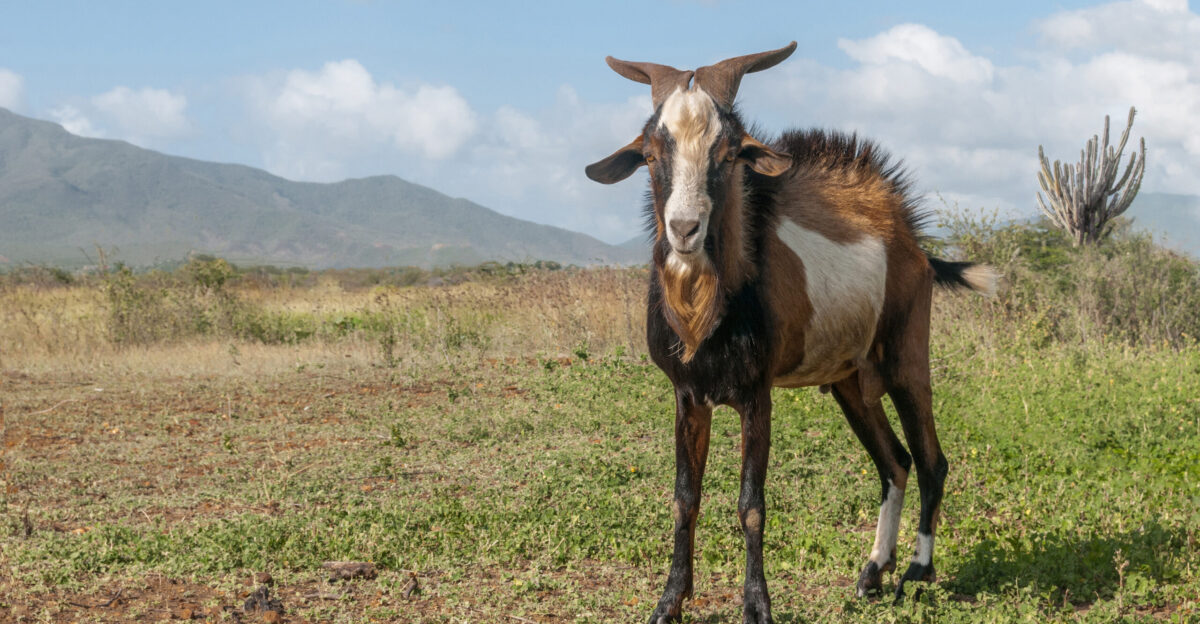
Goats came with Spanish explorers in the 1500s—Columbus brought them on his second voyage in 1493.
While useful for food, feral goats wreak havoc on fragile ecosystems, stripping vegetation and driving soil erosion, especially on islands and arid lands.
The Lasting Legacy
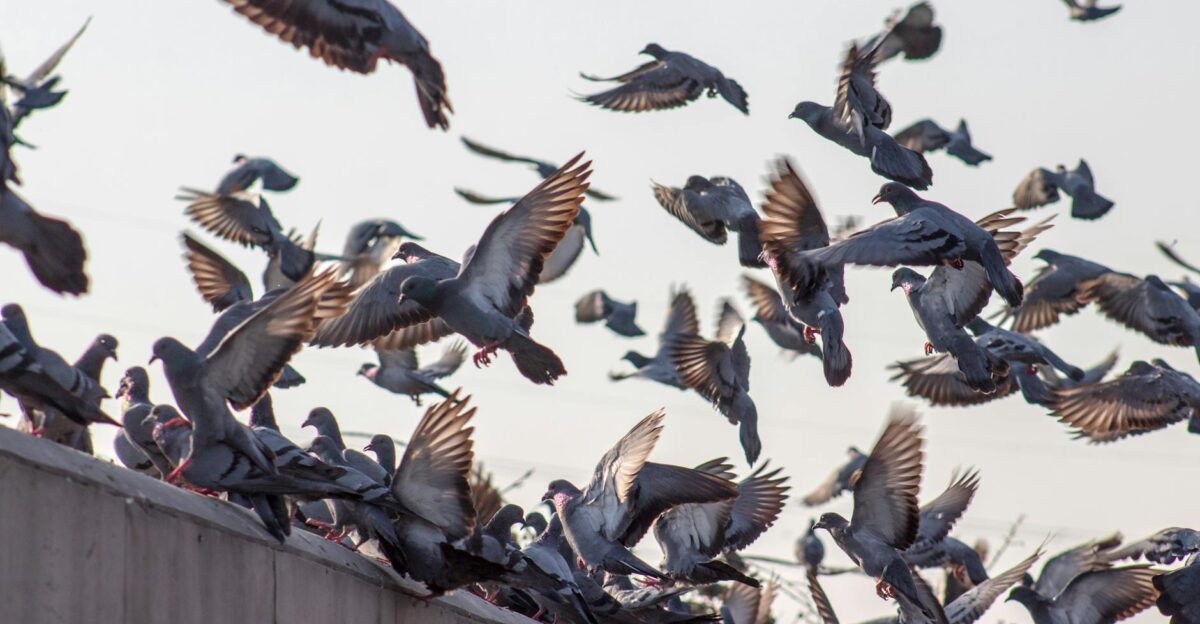
From feral pigs in forests to rats and pigeons in cities, the impact of species introduced by European settlers is still being felt.
These animals have forever altered North America’s natural balance. Understanding their role helps us protect native species and build better strategies for the future.